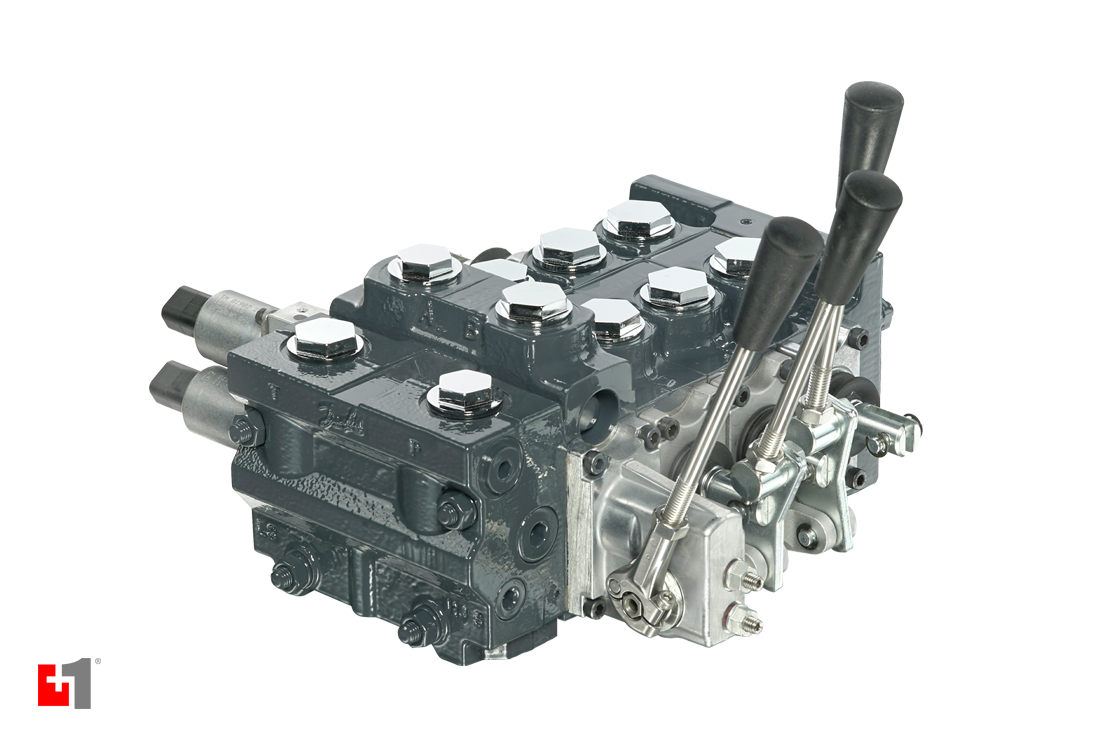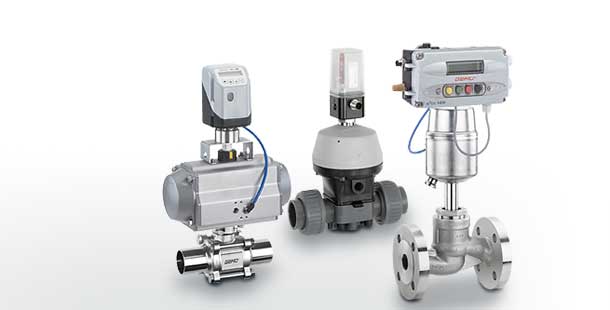Recognizing the Relevance of Control Valves in Process Automation
Recognizing the Relevance of Control Valves in Process Automation
Blog Article

Maximize Energy Savings and Convenience With Advanced Building Automation Controls
In the world of contemporary style and center administration, the integration of sophisticated building automation controls stands as a crucial improvement. The convergence of modern technology and sustainability has actually birthed a new period where energy effectiveness, convenience optimization, and operational streamlining are no more achievable truths yet far-off desires. By utilizing the power of automation, buildings can adapt, react, and develop in manner ins which were once unbelievable. The capacity for substantial energy cost savings and improved convenience is not simply a guarantee yet an opportunity waiting to be fulfilled. This standard shift in building administration holds the vital to unlocking a world where environmental conscientiousness and occupant health sympathetically exist together within the walls of our structures.
Energy Efficiency Advantages
Energy efficiency advantages can dramatically reduce power intake and functional costs in structures. Energy-efficient systems, such as advanced building automation controls, can maximize the use of sources like air conditioning, illumination, and home heating, leading to reduced power expenditures over time.
Moreover, improved power efficiency can lengthen the lifespan of structure equipment and systems. By running much more efficiently, cooling and heating systems, lighting fixture, and other building elements experience less deterioration, resulting in lowered maintenance and replacement costs. Furthermore, energy-efficient structures often regulate higher property values and rental prices, offering lasting financial advantages to owners.
Moreover, power effectiveness can boost occupant convenience and performance. Correctly controlled interior settings with optimum lighting and thermal conditions produce an even more conducive and enjoyable work space, resulting in boosted staff member contentment and performance. In general, the energy effectiveness advantages connected with sophisticated structure automation controls are diverse, incorporating price financial savings, ecological stewardship, and passenger health.
Boosted Convenience Control
Enhancing comfort control in building atmospheres requires an advanced combination of innovative automation systems for optimum occupant well-being. By utilizing innovative structure automation controls, centers can customize the indoor environment to meet the specific demands and choices of passengers. These systems allow accurate policy of temperature, air flow, and illumination, creating a effective and comfortable ambience. Passenger complete satisfaction and performance are carefully linked to thermal convenience, making it important to have systems in position that can adapt to altering conditions in real-time.
Boosted convenience control surpasses fundamental temperature modifications. It consists of functions such as personalized setups, occupancy sensors, and natural light utilization to develop a vibrant and responsive environment. By incorporating these advanced controls, structures can not only boost convenience but also improve power efficiency by maximizing system operations based upon actual occupancy and use patterns. Ultimately, focusing on resident comfort with innovative automation systems causes a more enjoyable and much healthier interior setting.
Operational Effectiveness Improvements

Additionally, the implementation of real-time tracking and analytics tools allows structure drivers to identify power inadequacies and operational anomalies without delay. By continuously keeping an eye on energy use patterns and system performance metrics, adjustments can be made in real-time to maximize power usage and make sure peak operational performance. control valves. Furthermore, incorporating need feedback methods right into structure automation controls can even more boost functional efficiency by dynamically readjusting energy usage based upon grid conditions and rates signals
Indoor Climate Optimization
Effective interior climate optimization is a basic element of building automation controls, making certain residents' convenience and wellness while maximizing power savings. By making use of innovative sensors and controls, developing automation systems can continually change and monitor temperature level, moisture degrees, air top quality, and ventilation to produce an optimal indoor setting. Keeping consistent and comfy problems not only improves passenger check complete satisfaction yet also improves productivity and overall health.
Interior climate optimization likewise plays an essential function in energy efficiency. By fine-tuning ventilation, heating, and cooling systems based upon real-time information and occupancy patterns, building automation controls can dramatically decrease energy consumption - control valves. Applying strategies such as demand-controlled air flow and thermal zoning can help lessen visit this site power waste while guaranteeing that each area of the building obtains the needed conditioning.

Sustainable Setting Production
Building automation regulates not only optimize indoor environment conditions for energy efficiency and owner comfort however additionally lay the foundation for creating a lasting setting through strategic management of systems and sources. By integrating sophisticated building automation modern technologies, such as sensing units, actuators, and intelligent software application, centers can readjust and check power use in real-time to reduce waste and reduce their carbon footprint. These systems enable anticipating upkeep, determining possible problems prior to they intensify and enhancing tools performance to enhance long life and efficiency.
Additionally, sustainable setting production expands beyond power management to incorporate water conservation, waste decrease, and interior air quality enhancement. Structure automation controls can regulate water usage, find leakages, and make certain appropriate waste disposal techniques, adding to overall sustainability initiatives. Furthermore, by regulating and keeping track of ventilation and filtering systems, these innovations enhance owner health and wellness and efficiency while decreasing energy usage related to heating and cooling procedures.
Verdict
In final thought, progressed building automation controls deal significant benefits in terms of power savings, convenience control, operational performance, indoor climate optimization, and producing a sustainable atmosphere. By carrying out these controls, structures can accomplish optimal performance while minimizing energy usage and enhancing passenger convenience. It appears that using advanced automation technology is vital in enhancing building performance and producing a more lasting future.
Power effectiveness benefits can substantially lower energy usage and operational costs in structures. Overall, the energy performance benefits connected with advanced building automation controls are multifaceted, encompassing cost savings, ecological stewardship, and owner well-being.
Additionally, including demand action approaches right into building automation controls can even more enhance operational efficiency by dynamically readjusting power usage based on grid conditions and pricing signals.
Structure automation manages not just optimize indoor climate conditions for energy efficiency and resident comfort however likewise lay the structure for producing a lasting setting via critical monitoring of systems and resources.In conclusion, advanced building automation manages deal considerable benefits in terms of look these up energy savings, convenience control, functional efficiency, indoor climate optimization, and developing a lasting atmosphere.
Report this page